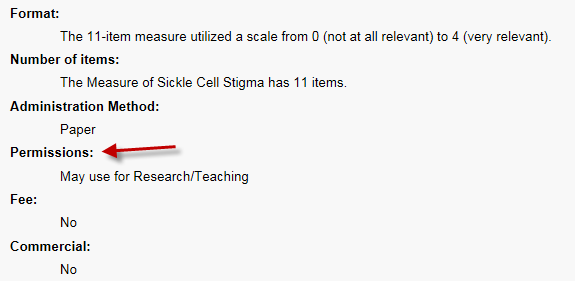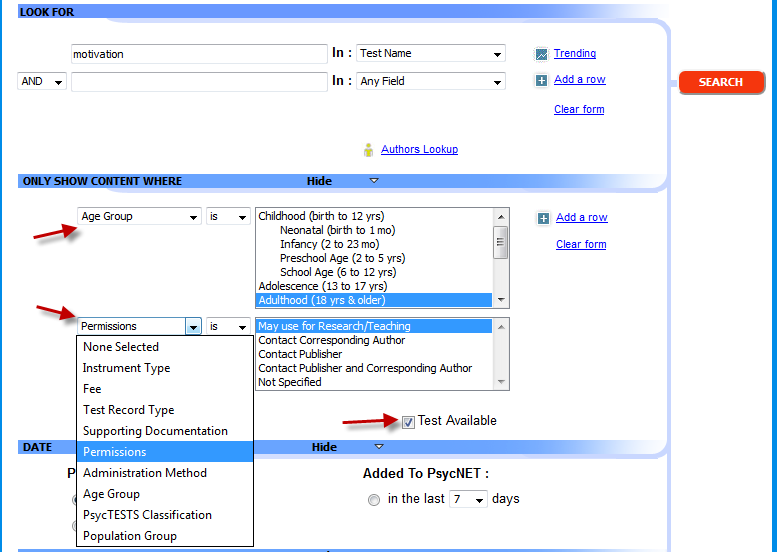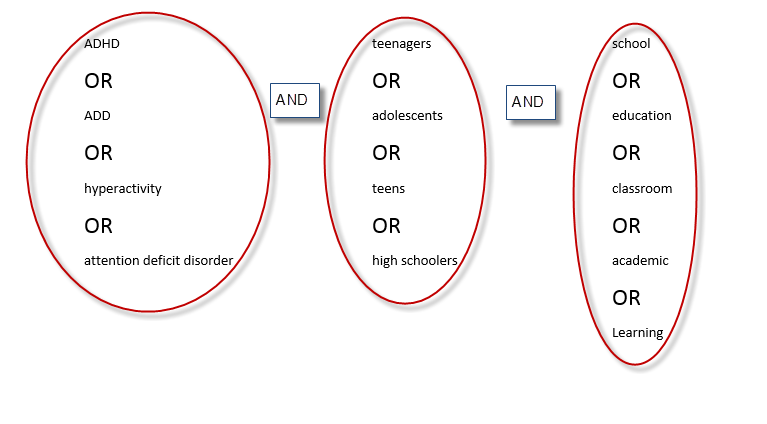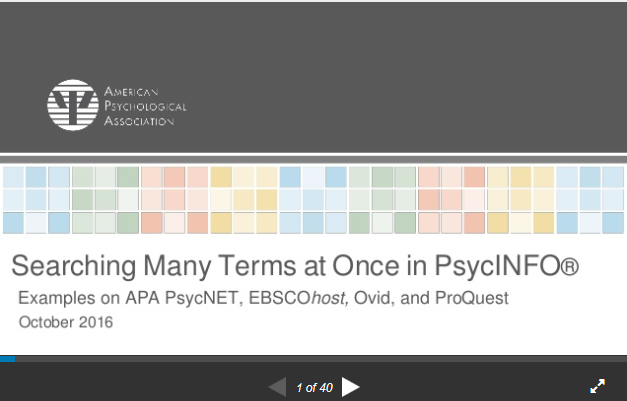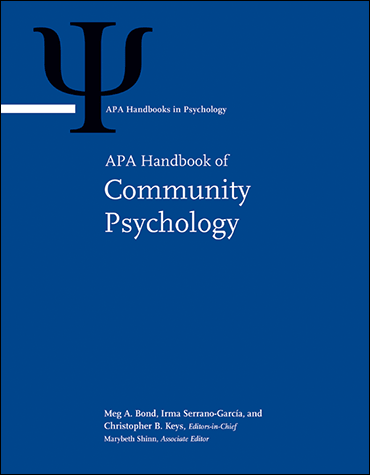PsycTESTS® is a research database that provides information on tests that originated in the scholarly literature. Tests are mined from the journals currently covered in the PsycINFO database.
PsycTESTS records include citations and links to articles that discuss the development of the test and how it can be used. Each PsycTESTS record includes a Permissions field with information about how the test can be used in your research or clinical work.
Currently, over 24,000 PsycTESTS records (almost 60%) grant the permission “May use for Research / Teaching.”
The test PDF has a cover sheet with a longer description of Research / Teaching use:
Test content may be reproduced and used for non-commercial research and educational purposes without seeking written permission. Distribution must be controlled, meaning only to the participants engaged in the research or enrolled in the educational activity. Any other type of reproduction or distribution of test content is not authorized without written permission from the author and publisher. Always include a credit line that contains the source citation and copyright owner when writing about or using any test.
Examples of permitted use include:
- Using the test for educational purposes, for example in a school project
- Publishing the results of research using the test, as well as the test itself, with a copyright notice giving credit to the original test authors
- General use in a clinical setting
Examples of nonpermitted use include:
- Posting the test online
- Implying or stating that the test is your original work
- Publishing the test or selling the test to a commercial publisher
- Using the test in research intended to support commercial gain


